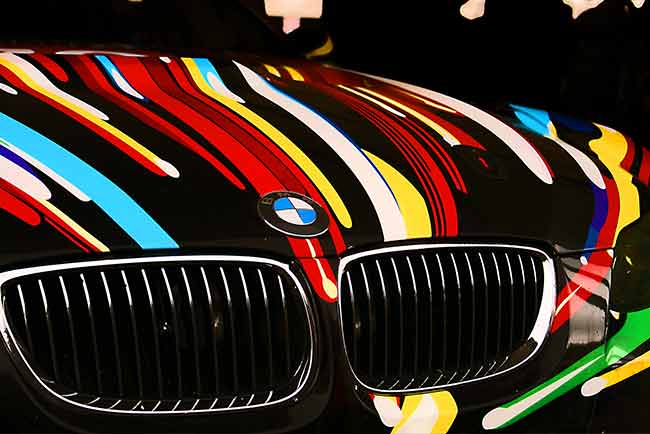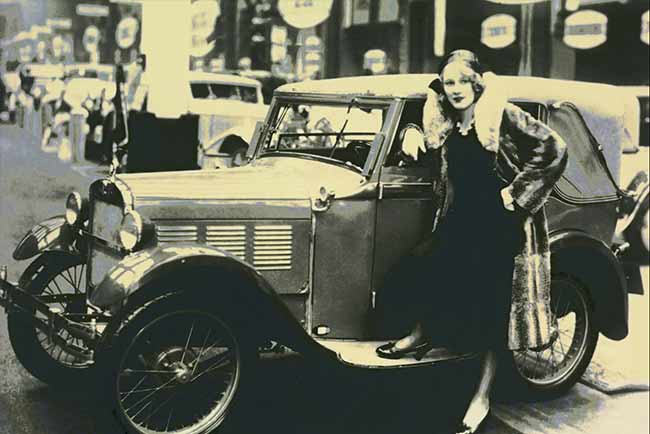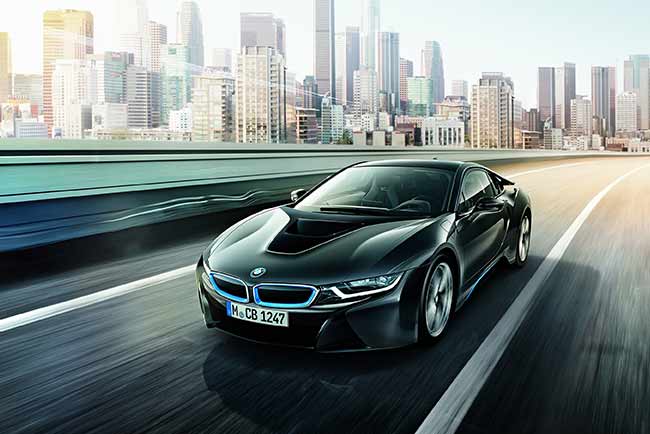BMW cars History

BMW, together with Audi and Mercedes are one of the big three German car manufacturers and one of the most famous brands in the world. Today they manufacture a diverse range of car models, from superminis to hybrid-supercars. They have seen considerable success in motorsport and their cars have become famous as “the ultimate driving machine”.
BMW the early years
BMW started as a manufacturer of Aircraft engines. The Bayerische Flugzeugwerke (Bavarian Aircraft Factory) was formed in 1916 when Munich-based engine makers, Karl Rapp and Gustav Otto, merged.
The company turned to manufacturing motorcycle engines after WWI, rebranded as Bayerische (Bavarian) Motoren Werke, or BMW. They experimented with several car prototypes in the 1920’s before acquiring the Fahrzeugfabrik Eisenach car company in 1928, which had made cars since 1898 (originally under the Eisenach name).
The first BMW car

BMW Dixi DA – 3/15
The first car to roll out of the factory wearing the famous blue and white badge was the Dixi. With the German economy in poor shape, Fahrzeugfabrik Eisenach were struggling to sell its range of larger models and decided to start producing a smaller, less expensive car. This led to an agreement with the Austin Motor Company to produce a version of its Austin 7 under licence.
The first ‘Dixi’s’ were shipped as kits and reassembled in Germany. By 1927 however, the company was manufacturing their own version of the Austin 7, called the Dixi DA (Deutsche Ausfuhrung or German version). BMW inherited the Dixi when they bought Automobilwerk Eisenach. In 1929 the Dixi name was dropped and the car became known as the BMW 3/15.
The history of the BMW badge
 The BMW logo has long been known as the blue and white propeller, common assumption was that this was a tribute to the company’s aerospace past.
The BMW logo has long been known as the blue and white propeller, common assumption was that this was a tribute to the company’s aerospace past.
In recent years it has emerged that the logo actually represents the Bavarian free state flag. Franz Josef Popp, who registered the trademark in 1918, had to reverse the flags blue and white colours, as it was illegal in Germany to copy a national flag at the time. The trademarked logo also added the circles and the BMW letters at the top of the roundel.
BMW’s most important car
It is no easy task picking a signature BMW car. In the last couple of decades they have creatively expanded their car range to almost bewildering levels. Their range of ‘M’ cars, from the M1 supercar to the M3 and M5 sports saloons of today have really cemented the company’s reputation for producing ‘the ultimate driving machine’ and are loved by car enthusiasts around the world. Looking further back who wouldn’t hanker after a glorious 328 sports car from the 1930s or a 3200CS from the 1970s.
However Carphile argue that without the more humble BMW 1500 of 1961, the company may well not have survived the 1960s.
BMW came perilously close to bankruptcy in 1959, their range at the time consisted of the fine but expensive 503 coupe/507 roadster and the Isetta bubble car. Unveiled at the 1961 Frankfurt motor show, the 1500 gave BMW a mass-market saloon the public could really get excited about (and afford). By 1963 the company was back in profit and the Neue Klasse saloons sowed the seeds for both the 3 and 5 series saloons and the global success BMW enjoys today.
BMW Today
BMW Today is one of the big three German car manufacturers (with VW/Audi and Mercedes-Benz).
Until the late 1990s, their sales really relied on their 3, 5 and 7 series saloons, since then the company has creatively expanded their model range. Today their range has grown to include hatchbacks (1 series), sports cars (Z4), GT coupes (6 series), SUV’s (X1,X3 and X5), cross-overs (X6, 5 series GT) and an all-new electric range of cars (i3 and i8 super car).

BMW i8 hybrid sports car
At the same time they’ve also acquired Mini, moulding it into a successful stand-alone marque, and re-invigorated Rolls Royce for the 21st Century. In 2012 Forbes.com named BMW as the World’s most reputable brand.







